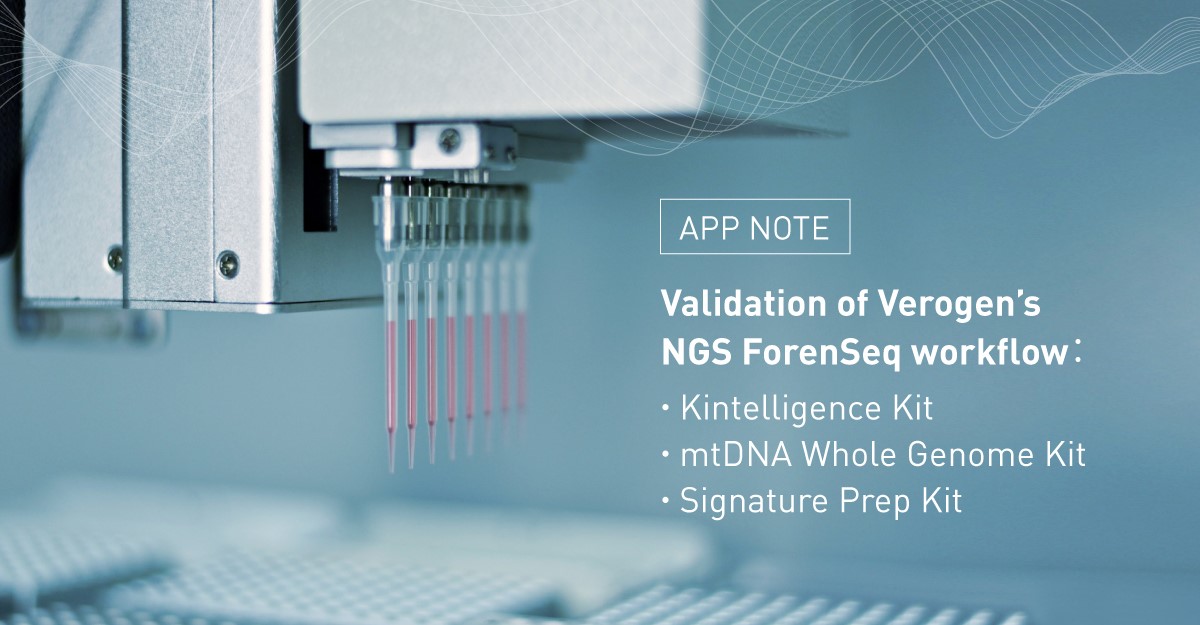Acid-sensing ion channels (ASICs) are members of the amiloridesensitive epithelial Na+-channel/degenerin superfamily (ENaC/DEG). These ligand-gated ion channels areactivated by protons, which are released during tissue acidosis (increase in extracellular acidity). Tissue acidosis, which is evidence...
The paper “Spatial and temporal resolution of metabolic dysregulation in the Sugen hypoxia model of pulmonary hypertension (PAH)” explores the metabolic changes associated with the disease PAH, which is characterized by high blood pressure in the lungs and arteries leading to heart failure. Hist...
Forensic laboratories worldwide are under continuous pressure to process DNA evidence from sexual assault investigations, often surpassing their current throughput capabilities. Sexual assault samples, collected from bodily fluids, tissues, clothing, and other materials, typically contain a mix of...
In forensic practice, library preparation for sequencing has been identified as a significant bottleneck to broader adoption. Next Generation Sequencing (NGS) library preparation is usually a multistep process and requires costly reagents and substantial hands-on operations. To ensure a high degree...
A review of three commonly-used extraction techniques in laboratory-scale synthesis and analysis
Scientific and technological advancements are forever pressing forward, providing society with innovative solutions to age-old dilemmas.
This year's event is shaping up to be especially interesting with topics such as ion channels in disease and pain, ion channel screening technologies for assessment of cardiac safety and toxicology, structure and function of ion channels, and new this year a session focusing on transporter molecules and their roles with ion channels.







